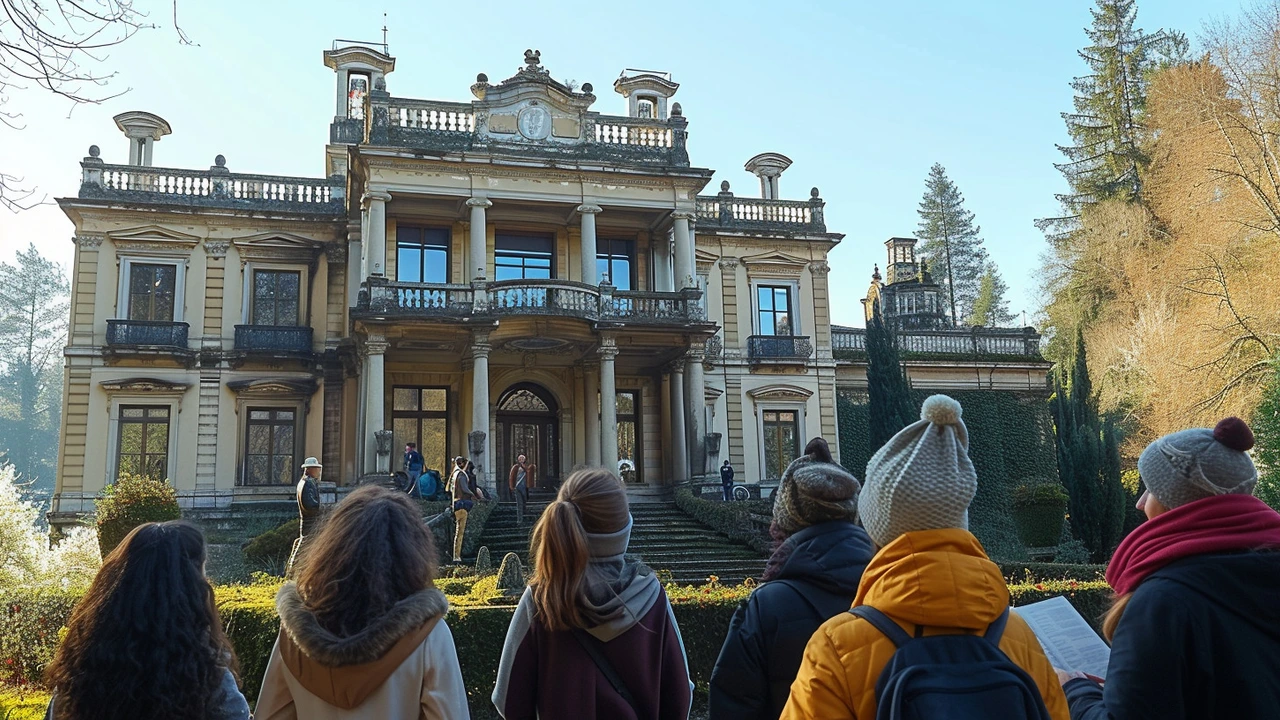Architecture Enthusiasts: Smart Guide to Styles, Travel & Preservation
Buildings tell stories if you know where to look. If you love architecture, this page gives fast, usable tips: how to spot key styles, plan a city visit that actually teaches you something, and help protect the places you care about.
First rule: look for the bones, not the paint. Columns, rooflines, arches, window shapes and materials are the clues architects leave behind. A rounded arch and thick stone? Think Romanesque. Tall, pointed windows with flying buttresses? That’s Gothic. Big domes and mosaics point to Byzantine. Learn five features per style and you’ll start recognizing them on the street.
Quick way to identify major styles
Pick three styles to focus on each month. Use a small checklist for each: one signature element, one common material, and one famous building to study. Example: Renaissance — symmetry, classical columns, Florence’s palaces. Beaux-Arts — grand staircases, decorative sculpture, Paris stations. Modernism — flat roofs, glass and steel, Bauhaus buildings. Checking these three items trains your eye faster than long reading sessions.
When you travel, treat neighborhoods like exhibits. Instead of rushing to the single famous landmark, walk blocks around it. Side streets often show variations and local adaptations of big styles. Bring a camera and a small notebook or use your phone to tag interesting facades. Note the year, architect (if known), and one detail you liked. Over time you’ll build a personal catalog of comparisons.
How to enjoy architecture in real life
Join a guided walk, but pick smaller groups or specialist tours—those focused on a period or a neighborhood. Museums sometimes offer short architecture talks; attend one when you can. For hands-on experience, volunteer with local preservation groups. You’ll learn about materials, restoration decisions, and why certain details matter long-term.
Want to read smarter? Choose one well-illustrated book or a reliable online source per style. Follow three architects or preservationists on social media who explain details clearly. Podcasts are perfect for commutes—look for episodes that visit buildings you can see in person later.
If you care about protecting architecture, small actions add up: attend community hearings, support adaptive reuse projects, and report neglected historic buildings to local preservation bodies. Money matters—donate or attend benefit events for local preservation trusts when possible.
Finally, keep it fun. Architecture is visual and tactile—notice how light hits a facade at different times, or how a door handle can tell you about an era. Keep your observations short, share photos with friends, and treat every building as a mini-lesson. Your eye will sharpen, and the city will feel richer for it.

Federal Architecture: A Guide for Architecture Enthusiasts
Hey there, architecture aficionados! Let's chat about Federal Architecture, an absolute feast for the eyes. This style, my friends, is the Beyoncé of architecture - timeless, elegant, and oh-so-chic! It emerged in the United States around the time of the Revolutionary War and has been turning heads ever since. So buckle up, because this style, with its symmetrical design, delicate ornamentation, and grandeur, is going to take us on a breathtaking journey through history. It's like time travel, but without the pesky paradoxes!
Read more